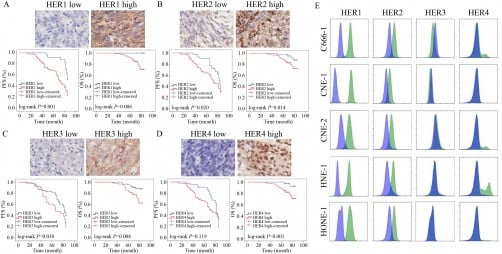New Research Explores GAA as a Potential ‘Super Creatine’

Recent research has introduced a new contender in the realm of exercise supplements: guanidinoacetic acid (GAA), which some are dubbing a “super creatine.” This compound is attracting attention due to its potential benefits for athletic performance, but it also comes with several considerations that users should be aware of before making the switch from traditional creatine supplements.
Understanding the role of creatine is essential before delving into GAA. Creatine is a naturally occurring compound produced by the body from amino acids. It is primarily stored in muscle cells and the brain in the form of phosphocreatine. This substance is crucial for energy production, particularly during high-intensity exercise. Athletes commonly supplement with creatine to enhance performance, improve muscular endurance, and support muscle growth. By increasing phosphocreatine stores, creatine aids in replenishing ATP, the body’s primary energy currency, allowing for improved strength output and endurance.
GAA is characterized as a natural compound that serves as a direct metabolic precursor to creatine. It plays a significant role in cellular energy metabolism and the regeneration of ATP stores. Unlike creatine, GAA converts to creatine within the body, potentially offering a different pathway for enhancing energy and performance. Early studies suggest that GAA could elevate low creatine levels in muscle and brain tissue, lending support to its designation as a “super creatine.”
In a recent randomized controlled trial published in the journal Nutrition, researchers investigated the effects of a GAA-creatine mixture on exercise performance. The study involved 14 healthy young men who were administered either a combination of one gram of GAA and three grams of creatine daily or four grams of pure creatine alone over a period of four weeks. The findings indicated that the GAA-creatine mixture was more effective at increasing creatine levels in both muscle and brain tissue compared to pure creatine. Participants taking the combination also experienced less weight gain, although no significant differences were noted in cardiorespiratory endurance.
While the results are promising, the study’s limitations cannot be overlooked. The sample size was relatively small, and the short duration of the trial raises questions regarding the long-term efficacy and safety of GAA supplementation.
Safety is a crucial factor when considering any new supplement. The research indicated that GAA is generally safe; however, there is a potential link between elevated homocysteine levels and cardiovascular risks. Homocysteine is an amino acid that is processed by B vitamins and folate, and high levels have been associated with an increased risk of cardiovascular diseases, including stroke. The concern arises from the fact that GAA converts to creatine via a methylation process, which could increase homocysteine levels as a byproduct.
It is important to note that elevated homocysteine can also stem from deficiencies in B vitamins, poor dietary choices, excessive alcohol consumption, and other lifestyle factors. Consequently, while GAA has a role in creatine metabolism, it may not serve as a direct indicator of cardiovascular risk or sustained homocysteine levels.
In summary, while GAA shows promise as a potential supplement for enhancing exercise performance, more extensive and long-term research is needed to clarify its benefits and risks. Current evidence supports the efficacy of creatine monohydrate as a safe and reliable option for muscle growth and performance enhancement. Until further studies confirm the long-term safety and effectiveness of GAA, sticking with established creatine supplementation—typically in doses of 5-10 grams daily from reputable sources—remains a sound recommendation for those looking to improve their athletic performance.






